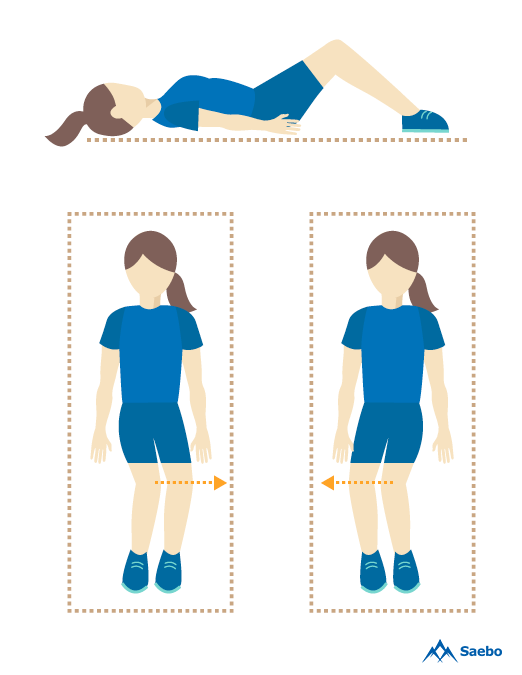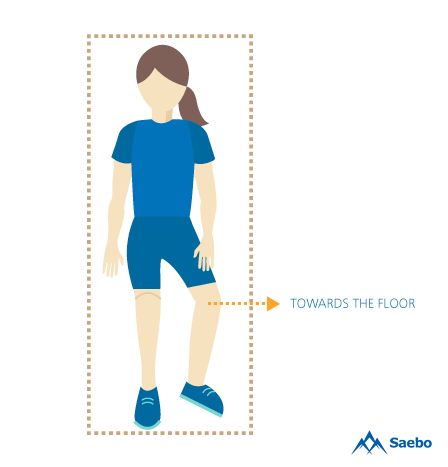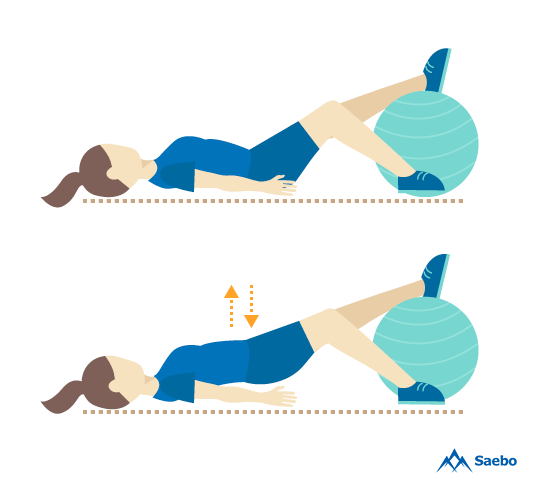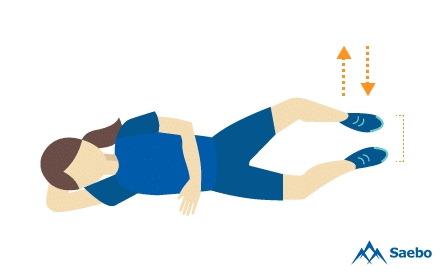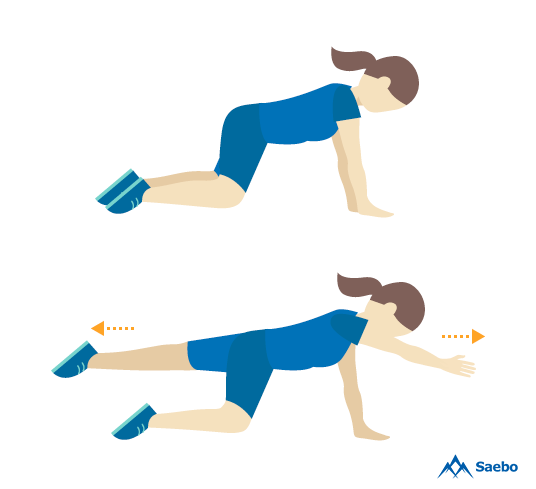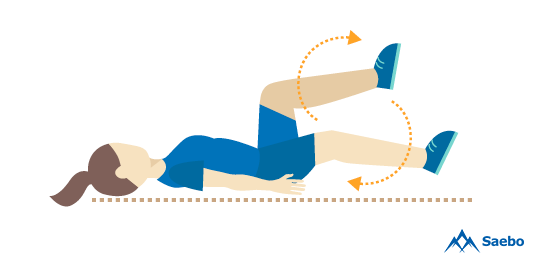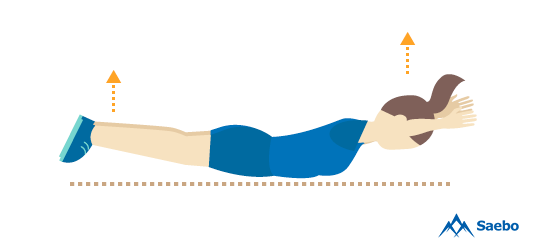 t’s been a good run: Khaw (left) presenting the handover documents to Bukit Aman NCID deputy director of Narcotics (Intelligence/Operations) DCP Mat Zani @ Mohd Salahuddin Che Ali who will be acting as the new Bukit Aman NCID director. Looking on is Deputy Inspector-General of Police Datuk Seri Ayob Khan Mydin Pitchay (centre). — Bernama
t’s been a good run: Khaw (left) presenting the handover documents to Bukit Aman NCID deputy director of Narcotics (Intelligence/Operations) DCP Mat Zani @ Mohd Salahuddin Che Ali who will be acting as the new Bukit Aman NCID director. Looking on is Deputy Inspector-General of Police Datuk Seri Ayob Khan Mydin Pitchay (centre). — BernamaKUALA LUMPUR: A rewarding career advancement awaits police personnel who show integrity, commitment and competence in their duties, regardless of their ethnicity, says Comm Datuk Seri Khaw Kok Chin.
The outgoing Bukit Aman Narcotic Crime Investigation Department (NCID) director said he is living proof that non-Malay officers could break barriers and rise in rank.
“I am one of them and proof that non-Malays can climb the ranks too. I owe who I am today to the police force.
“I strongly encourage non-Malays to sign up with the force and serve our country,” said Khaw, who will be retiring tomorrow as he turns 60.
With humble beginnings as a kampung boy from Alor Setar, Kedah, Khaw joined the force in 1991 as a cadet.
At age 38, he became a district police chief (OCPD) and more than three decades later, a police commissioner.
Khaw, who has had extensive experience in the CID, had also served as Penang police chief and Johor deputy police chief during his 34 years of service.
“There are ample opportunities for promotions for officers who prove themselves through hard work and professionalism,” he told The Star in an interview at Bukit Aman on Tuesday.
Khaw is the fourth Malaysian Chinese to head a police department and the first for the NCID in the history of the force.
Prior to Khaw was Datuk Koh Hong Sun, who headed the Commercial Crimes Investigations Department (CCID) 13 years ago.
The other two directors of Chinese ethnicity were Datuk Christopher Wan Soo Kee, who helmed the CID, and police administration department director Datuk Ang Phaik Chin.
Asked about his greatest challenge as a police officer, Khaw said while all police departments have their respective challenges, he finds the NCID to be “the most demanding”.
“The NCID is challenging because we are dealing with hardcore criminals who have a record of violence, carry firearms and have links with the underworld.
“As a result, the risks are high and threats are faced right from the top leadership to those on the ground, especially when we need to carry out surveillance, ambushes and other operations.
“Since drug dealers often carry firearms, if a gunfight erupts, we will need to engage in dangerous situations to apprehend the syndicate members,” he added.
A significant part of Khaw’s tenure was also with the CID, where he handled high-profile case investigations.
Khaw had tackled cases involving the country’s most notorious serial rapist, Lee Chow Meng, in 1997, the murder of Mongolian model Altantuya Shaariibuu in 2006 and the murder of cosmetics millionaire Datuk Sosilawati Lawiya and four of her associates in 2010.
Khaw said he is confident the NCID would be led by a capable successor after he retires.
“To be chosen as a director would mean the person has the qualities it takes to lead. Leadership is important to earn the respect of our personnel,” he said.
“To succeed in this fight against drugs, superiors must go down to the ground see for themselves what their personnel are going through.
“The welfare of our subordinates have to be cared for too.
“It is the same with fighting the drug menace. We must keep charging at it before it spawns and not wait to act when it gets out of control.
“A strong message must be sent out to the drug lords that we are constantly on their tails. This is why teamwork is so crucial and I am confident my successor will carry out his or her duties well,” added Khaw.
https://www.thestar.com.my/news/nation/2025/03/15/ranks-based-on-merit-not-race





